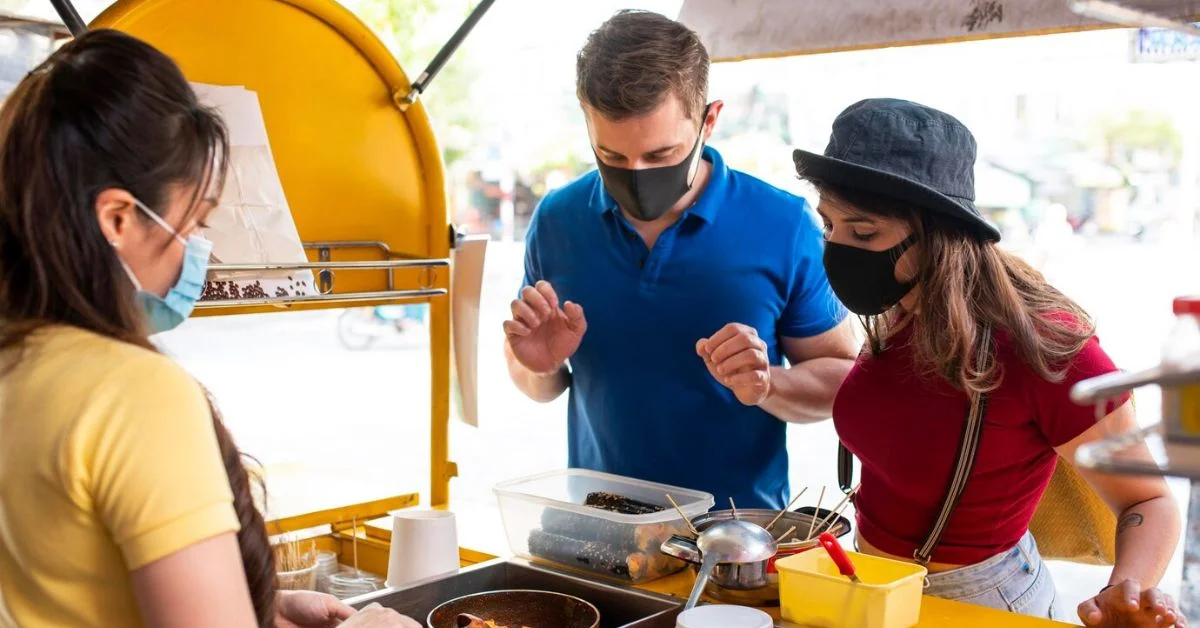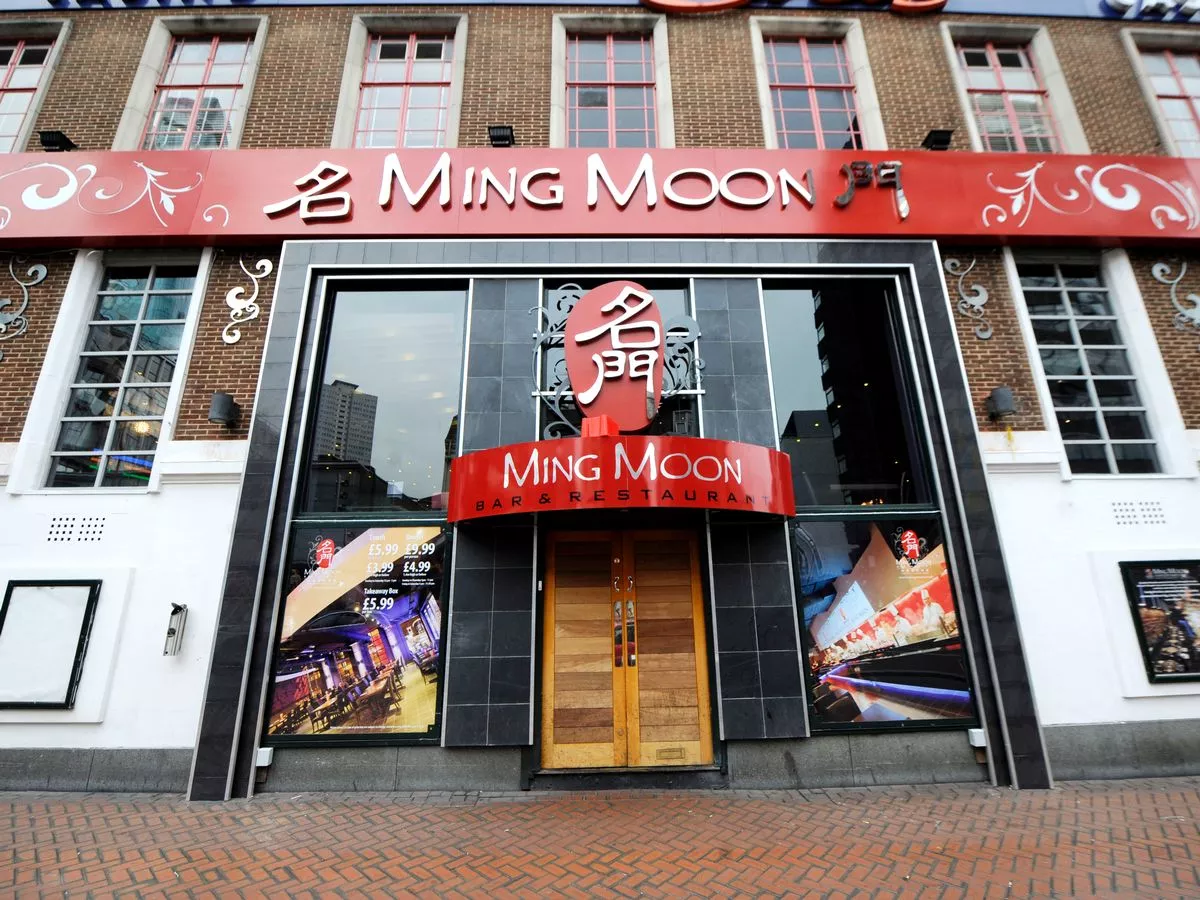chinatown hawker leftovers consumption is located in multiple commercial cities, and is one of the most vibrant districts with hawker centers. They serve fantastic meals, but there is also an enormous amount of waste that they exhibit. From a sustainability, ethics, and social norms perspective, consuming the leftovers from Hawker stalls in Chinatown raises fundamental issues.
With the offering of chinatown hawker leftovers consumption, comes the social construction of culture, sustainability, health, and the economics behind them. Each hawker has their own unique socioeconomic approach that garners as a solution to the problem of leftover food. Some hawkers take a more proactive approach and focus on hygiene and safety. In this blog, we will highlight the implications of leftover consumption in relation to food waste, culturally motivated view on leftovers, health and safety, and possible alternatives. Our objective throughout is to explain the concepts surrounding the issue and show how society may help towards reducing food waste while ensuring food security and safety.
The Challenge of Leftover Food At The Hawker Center
One of the sites that captures both local and tourist is The chinatown hawker leftovers consumption Center because of its exceptional culinary offerings. They have an array of traditional and recent foods. Unfortunately, customer change preferences too often, there is severe exertion of food production, and portion sizes are immense, leading to excessive food wastage each day. There are countless opportunities for hogs to waste food at chinatown hawker leftovers consumption centered in.
Clients normally do not finish their meals because the amount of food served is too big for them and most of the time they cannot finish their meals placed in front of them. Different stakeholders have different views on the topic of eating chinatown hawker leftovers consumption. Some hawkers and customers regard it as a form of creativity and being environmentally friendly, whereas others consider it careless and even insulting to the hawker. Beyond just leftover food, the discussion of disposing of hawker leftovers focuses on cultural perspectives, socioeconomic issues, as well as public health concerns in a given society. It is this multi-dimensionality within a single topic that makes it interesting.
Environmental Impact of Food Waste
Depleted Resources and Carbon Footprint
Food waste, therefore, embodies a loss of all these resources. For instance, building new stores generates economic activity, but requires land and water for irrigation, fertilizer, and labor. Gas and supermarket also incur additional costs.
An example of a carbon footprint is hawker dishes with a focus on meat. The amount of energy that goes into producing livestock alongside their dairy products is shocking. The amount of greenhouse gases produced in this process is quite dangerous. This gas is extremely damaging to the environment and especially global warming. Efforts towards improving the environment greatly rely on the strive to decrease food waste as it directly harms the ecosystem.
Food in Landfill Sites
For a number of countries around the world, food is a primary source of waste when it comes to landfill sites. Biodegradable waste emits methane when in a landfill, a gas that is much more harmful than carbon dioxide. The leftover food from hawker stalls in chinatown hawker leftovers consumption further exacerbates this problem. Not only does the overconsumption of food waste take up space in landfills, it accelerates global warming.
Cultural Perspectives on Consuming Leftovers
Food Conservation in Asia
Asian cultures heavily emphasize not wasting food owing to their customs associated with food waste. Traditional teachings emphasize utmost respect for food. Culturally engrained etiquette requires children to eat all the food placed before them.
There is no denying that the ever-accelerating pace of life in most societies is contributing to a growing epidemic of food waste in pre-industrial societies. The ease of urban living coupled with availble disposable income enables people to order more food than they need. In contemporary society, there is very little social pressure to complete one’s meal. The growing availability of food does, to some extent, soften the need to be frugal, making it necessary to reevaluate traditional values associated with conservation and conservation attempt mindful efforts to reduce waste.
Health and Safety Concerns
Risks of Consuming Leftover Hawker Food
Though reusing chinatown hawker leftovers consumption is a cheap method of reducing food waste, it poses some safety and health hazards. People storing food at unchecked temperatures for long periods can suffer from tuberculosis, and Salmonella, E. coli, Listeria, and an assortment of other parasitic infections. Food poisoning results to nausea, vomiting, diarrhea, and stomach cramps.
Cross contamination remains one of the most serious problems, particularly in communal eating settings. Due to the presence of so-called order where none exists, food gets in contact with unwashed surfaces, which dirties the food allowing bacteria to thrive. Hawker centers have a greater risk of cross-contamination because multiple patrons turn up for the same tables and trays. Furthermore, other seafoods and dairy products are more susceptible to spoilage and bacterial growth than other dishes.
Leftover Food Safety Tips
When repurposing food, especially from previous meals, using careful methods will guarantee the food is safe to eat. It is best to store leftovers in sanitized airtight containers to help seal in temperature and avoid contamination. Some signs of food spoilage are strange odors, slimy textures, and discoloration. These foods can pose health risks if not properly monitored.
Conclusion
From a cultural and public health standpoint, the debate surrounding hawker leftovers in chinatown hawker leftovers consumption is quite interesting. There is powerful link between increased public education and reducing food wastage, as thoughtful actions can be taken to address the problem. Not only ease the strain felt across the world, but tackle environmental issues by employing working food conservation methods. Every persona has steps to take to become part of the solution from responsible ordering and supporting food waste campaigns. If businesses, consumers and policymakers worked together towards the shared goal of reducing food waste, a real difference could be made. Transforming our daily activities into mindful zero-waste practices paves the way towards a waste-less future. Every action, regardless of size, contributes towards a collective transformation.
Frequently Asked Questions
1. May I take food away from hawker centers as leftovers?
Most hawker centers allow their customers to take home unfinished food. This varies from stall to stall so it is best to ask each stall about their policy.
2. How do I best store leftover hawker food?
Leftover food should be stored in sealed containers. It should be put in the refrigerator within 2 hours. The food must be reheated fully before being consumed.
3. What can I do with uneaten hawker food to minimize food waste?
Instead of disposing of unwanted hawker food, consider taking it home, offering any excess food to friends, or getting involved in programs designed for food redistribution to reduce waste.
4. Can food that has not been eaten from hawker centers be donated?
Yes, there are some organizations that accept leftover food, subject to strict food hygiene policies. 5. What can I do to limit food wastage at hawker centers? The waste left can be reduced by splitting and consuming smaller portions, as well as sharing the same.




